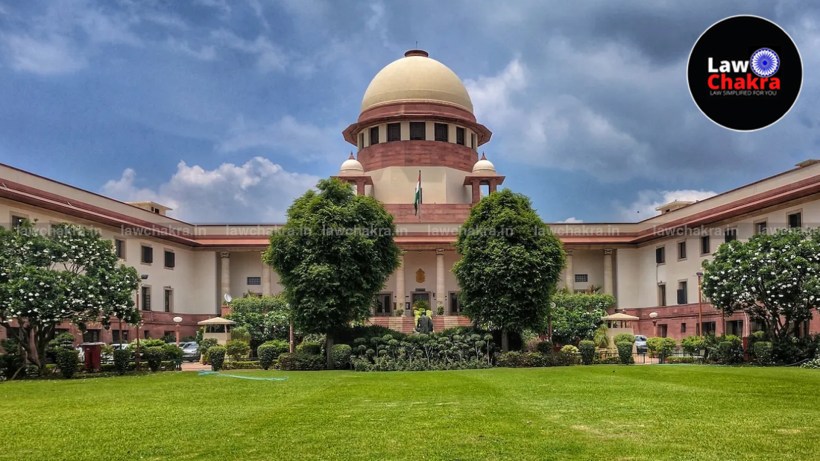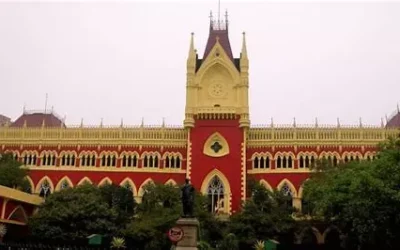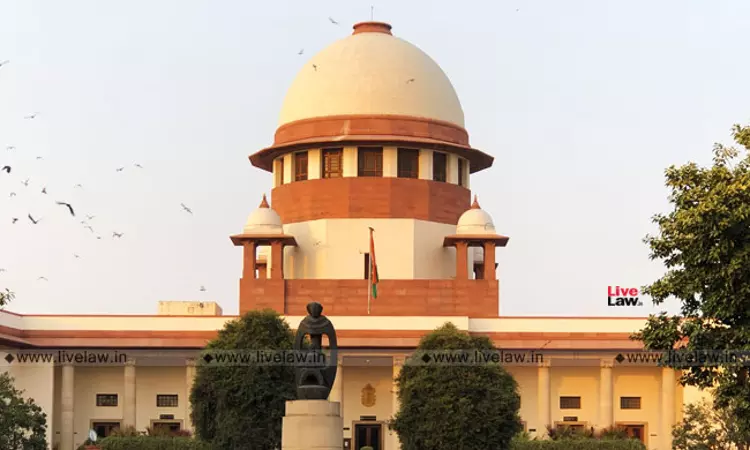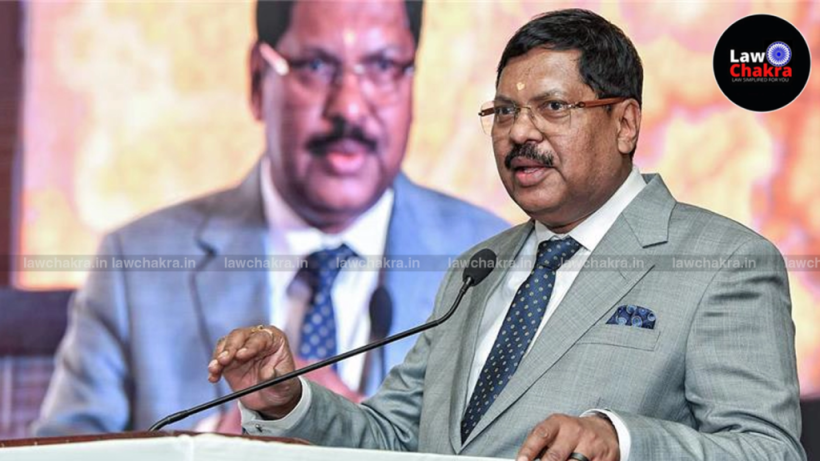Supreme Court Boosts Alimony To Rs 75,000/month, Orders House Transfer To Divorced Wife

Thank you for reading this post, don’t forget to subscribe!
Supreme Court raises monthly alimony to Rs 75,000 and orders property transfer to ex-wife. New rules ensure inflation-linked hikes and focus on marital standard of living.
New Delhi: In a landmark judgment, the Supreme Court of India has increased the permanent alimony for a divorced woman, Rakhi Sadhukhan, from Rs 20,000 to Rs 50,000 per month.
Along with this, the Court added an automatic increase of 5% every two years. It also confirmed that her ex-husband’s flat must be transferred to her name, making this a highly influential ruling for divorce maintenance in India.
Earlier, the Calcutta High Court in 2016 had fixed Rs 20,000 as monthly maintenance with revision every three years. But the Supreme Court increased this amount by 2.5 times and made it inflation-adjusted every two years, showing a clear shift in how maintenance is calculated in divorce cases.
ALSO READ: Compatibility Issues || Yuzvendra Chahal & Dhanashree Verma Officially Divorced
This case started when Rakhi Sadhukhan and her husband Raja Sadhukhan separated in 2007. After their marriage in 1997 and eventual divorce in 2019, Rakhi began her legal journey to get proper financial support.
She said the earlier maintenance amount was not enough to match the standard of living she had during her marriage. Raja said he had limited income, aged parents to support, and responsibilities from his second marriage.
Over the years, interim maintenance increased from Rs 8,000 in 2010 to Rs 20,000 in 2016. But in 2023, when Raja did not appear before the Supreme Court, an ex parte order was passed, raising interim maintenance to Rs 75,000.
Rakhi then asked the court to consider transferring their shared property to her instead of depending on monthly payments due to the long delay and rising costs.
The Supreme Court decided Rs 50,000 per month as a fair and reasonable amount. It considered her past standard of living and the effects of inflation.
This new permanent alimony is Rs 10,000 more than the previous interim maintenance ordered in November 2023.
The Court also ruled that the alimony should increase by 5% every two years. This change makes sure the amount keeps up with rising prices and the dependent spouse can live with stability and dignity.
In short, the Court took the following steps:
- Increased permanent alimony from Rs 20,000 to Rs 50,000 (a 150% hike).
- Ordered the transfer of the house to Rakhi’s name.
- Added a clause for a 5% increase in alimony every two years.
- Said that judges must look at the marital standard of living, full earning history of the husband, and the wife’s future financial needs.
- Rejected the husband’s argument that remarriage and family obligations can reduce alimony to the first wife.
The Court upheld an earlier High Court order that Raja must clear the pending home loan and transfer ownership of their flat to Rakhi.
The Supreme Court said:
“The wife, who in this case has remained unmarried and is living independently, is entitled to a level of maintenance that is reflective of the standard of living she enjoyed during the marriage and which reasonably secures her future.”
This judgment also sets a benchmark for how courts should assess maintenance. Now, the lifestyle the couple enjoyed during marriage will be the baseline.
This includes comforts like housing, healthcare, travel, and education. Maintenance is no longer just for basic needs; it is meant to provide continuity of the same life as during the marriage.
Karan Verma, Advocate-on-Record, Supreme Court of India, said,
“This judgment will go on to reinforce ‘marital standard of living’ benchmarks. The ruling has underscored the importance of the fact that post-divorce maintenance should mirror the lifestyle of the wife during the period of their married life. Any settlements (whether judicial or mutual) to be arrived at between the husband and wife must take into account actual living standards of the parties and the cost of inflation. Post this judgement, a lot of emphasis will also be laid on the husband’s earning capacity and the courts will scrutinize the actual income of the husband, declared or undisclosed, including his prior earnings. Even claimed expenses (like re-marriage or family liabilities) will not be able to trump the principle of adequate maintenance. Further, a 5% increase every 2 years as periodic automatic increments given by this judgement will go on to set a precedent where all future orders can include such inflation-adjusted clauses to avoid frequent judicial intervention.”
This decision also gives hope to women who have given years to marriage and domestic work. Nikita Anand, Advocate at the Supreme Court of India, said:
“The judgment has serious implications for divorce settlements… it holistically assessed the earning spouse’s financial capacity, including past earnings and earning potential.”
The ruling may lead to more careful financial planning among couples and greater recognition of unpaid work done by dependent spouses during marriage.
ALSO READ: BREAKING | “Divorced Muslim Woman can Claim Maintenance under Section 125 CrPC”: SC
The Court also introduced strict income scrutiny. In this case, the Court looked not only at Raja’s current salary but also past earnings and possible income from assets. This ensures the full financial picture is seen, discouraging any hiding of income or fake claims of being broke.
Now, courts may demand IT returns, property documents, job history, and bank statements. Personal excuses like remarriage or elderly parents will not be accepted to reduce maintenance.
As Karan Verma said:
“Despite these additional financial obligations, the court still enhanced the alimony by 150%, signaling that remarriage doesn’t diminish the first wife’s entitlement to adequate maintenance.”
With this verdict, several new principles are introduced:
- A 5% increase in alimony every two years.
- Deep checking of all income sources—past and present.
- No reduction in support because of remarriage or other liabilities.
The court showed that dependent spouses, especially unmarried and financially weak, must live with the same comfort level as during marriage. It also proves that alimony should be based on full financial capability, not just what is shown on paper.
The judgment makes it easier for such spouses to challenge unfair settlements. Now, lawyers can show a true financial picture using proper documents.
As Nikita Anand noted, the court’s method
“could be an important step in ensuring fairness and tackling underreporting of income.”
The 5% automatic hike every two years is another big change. Earlier, one had to go to court again and again to ask for more money. Now, the amount will go up with inflation.
This is a smart move to avoid endless legal fights. Nikita Anand said this step
“underscores the fact that alimony must reflect the paying spouse’s current financial capacity.”
This type of clause may become common in future divorce cases. Courts might start making inflation-based clauses standard, reducing unnecessary cases and ensuring smoother post-divorce transitions.
One more major highlight is the property transfer. Maintenance doesn’t always have to be cash. Property, especially housing, can be part of support. It brings security, removes rental stress, and ends the constant need to chase alimony every month.
Nikita Anand said,
“Judges may start ordering property transfers instead of cash,”
showing a modern approach to giving financial dignity after divorce.
The ruling also sends a message to those dragging legal cases: delay can cost you. In this case, Raja did not attend court in 2023, and his interim maintenance was raised to Rs 75,000. This proves that ignoring the court can backfire.
Priya Dhankhar, Counsel at SKV Law Offices, said:
“Interim maintenance orders are essential… a favourable interim order of maintenance could also incentivise one of the parties to drag the proceedings further.” This could push the other party to settle faster to avoid rising costs.
It helps reduce backlog in courts and protects the financially dependent person from being stuck in long cases. As Dhankhar added,
“Court decisions on revising interim maintenance orders may lay course for incentivising finalisation of the permanent maintenance amount.”
The Court also made it clear that child inheritance and maintenance are separate. Divorce will not affect a child’s right to ancestral property. Karan Verma said:
“Under Indian personal laws, divorce proceedings cannot extinguish ancestral property rights of children.”
This clarity helps avoid confusion in divorce matters. It also protects children’s future and keeps inheritance laws strong.
As Karan Verma summed up:
“If litigation lags, expect interim maintenance to continue rising—driven by non-appearance, inflation, evidence of payer’s income, and dependency needs. Courts may grant large ex parte interim awards and will periodically review amounts rather than waiting for a final decree.”
Click Here to Read Our Reports on Divorce






